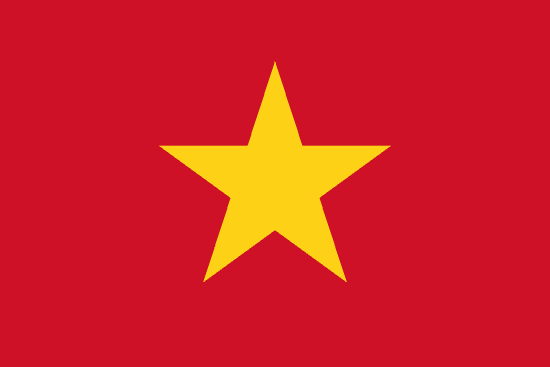"Đà Nẵng - Thành phố đáng sống | Da Nang - Worth living city"
About:
Da Nang, Vietnam, traces its history back to the ancient Champa Kingdom around 192 AD. It became a French colony in the 19th century, then part of South Vietnam after the Geneva Accord in 1954. During the Vietnam War, it was a major US air base. Post-war, Da Nang developed into one of Vietnam's most important cities, with significant growth in infrastructure, tourism, and trade. Today, it's known for its natural beauty, historical landmarks, and as a major economic and educational hub.
When to visit:
Da Nang, located in central Vietnam, is a popular tourist destination known for its beautiful beaches, vibrant culture, and stunning landscapes. The best time to visit Da Nang is during the dry season, which typically falls between February and August. This period offers sunny weather with minimal rainfall, making it perfect for outdoor activities and beach relaxation. However, it is important to note that Da Nang can get quite crowded during peak tourist seasons, so planning your holiday in advance is recommended to ensure a smooth and enjoyable trip.
When to avoid:
The worst time to travel to Da Nang, Vietnam on a holiday is during the peak of the rainy season, which typically occurs from September to November. During this period, the city experiences heavy rainfall and potential flooding, leading to disruptions in transportation and outdoor activities. Tourist attractions may also be affected, and the beach experience may be less enjoyable due to inclement weather. Travelers are advised to check weather forecasts and plan accordingly if visiting Da Nang during the rainy season to mitigate potential travel challenges.
Rainy Season (Sep–Dec)
The wettest period in Da Nang, Vietnam, is from September to December, with October and November being the peak months for rainfall. Daily temperatures range from 20°C to 28°C. Rainfall can be intense, often causing floods. The city sees less sunlight, with cloud cover being quite heavy. However, the rain brings a certain charm to the city, making it a paradise for those who enjoy gloomy weather. An average day for a visitor might involve exploring the city under an umbrella or enjoying local cuisine at indoor venues.
"Summer (May–September)"
In Da Nang, Vietnam, the warmest part of the year typically spans from May to September, with July and August being the peak months. During this period, temperatures usually range from 28°C to 35°C (82°F to 95°F).
Rainfall is relatively low with an average of 50-100mm per month, making it the dry season. The city enjoys an average of 6-7 hours of sunlight per day, which is perfect for outdoor activities. Humidity can be quite high, often around 70-80%, contributing to the overall heat.
Cloudiness varies, with some days being clear and others having some cloud cover. However, it's usually not enough to block out the sun entirely.
A typical day for a visitor during this period feels hot and humid, especially in the afternoon. Mornings and evenings are slightly cooler and more comfortable. Despite the heat, it's a great time for beach activities and exploring the city, thanks to the long hours of sunlight and low rainfall. Make sure to stay hydrated and wear sun protection.
Language:
Vietnamese is the official and predominant language spoken in Da Nang, given that it is a major city in Vietnam. However, due to its status as a growing tourist destination and its historical ties to the French colonial period, English and French are also spoken, particularly in the hospitality industry and among the older generation, respectively. Chinese and Korean are also commonly heard due to the city's significant number of tourists and expatriates from these countries.




